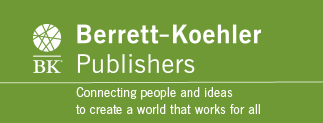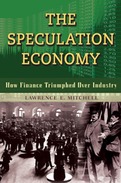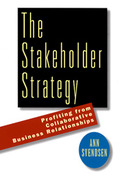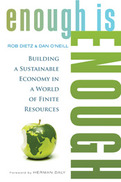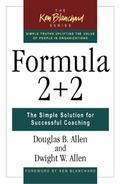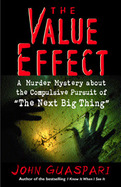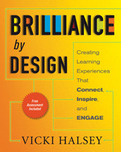• The first book to reveal the deep historical roots of the modern corporate obsession with stock price—a major cause of recent scandals like those at Enron and WorldCom
• Details how the rise of the modern corporation created the modern stock market—and why this led to an economy dominated by stock speculation
- Provides an integrated framework for understanding a corporations responsibilities to a broad array of stakeholders-from customers to suppliers, employees, and communities.
- Offers a step-by-step guide as well as practical strategies that companies can use to forge a network of powerful and profitable collaborative
- stakeholder relationships.
- Features case study examples of companies across North America and Europe that are building collaborative relationships with their stakeholders.
2012
2004
- The latest volume in Berrett-Koehler's Ken Blanchard Series
- Includes a foreword by Ken Blanchard, an introduction by Bill Cosby, and a mid-book message from lunar astronaut Buzz Aldrin
- Offers managers a simple system that will increase their effectiveness and improve employee morale and productivity
- Written in the accessible and compelling Blanchard storytelling style
2002
Through this ingenious, entertaining murder mystery format, The Value Effect helps readers solve a real-world business mystery: why haven't our Next Big Thing efforts worked out as well as we had hoped they would? Renowned customer value and quality guru John Guaspari provides an insightful analysis of why a variety of organizational change initiatives often fall short-what he calls Next Big Things-and offers an effective, dynamic alternative: the Value Effect.
In presenting "The Evidence" of the case, Guaspari shows how the Value Effect can in fact provide the organizational alignment and tap into the energy needed to create and sustain organizational change. The Value Effect, he reveals, does not replace the other change methods, but instead creates the underlying context on which any change effort must be founded. Guaspari explains what value really is and provides basic steps for applying the Value Effect. He clearly states the grounding tenets to which a company must fervently adhere to sustain its transformational power, including making customer value the primary focus of the organization, ensuring that everyone knows what is of value to customers, and engaging everyone in delivering value to the customer.
In this book, Guaspari shows that the full power of the Value Effect is only unleashed when individuals realize that it is not a Next Big Thing after all. Rather, its power comes from its ability to provide a stable and enduring context to help people and their organizations better understand and deal with change.
- By the author of the 300,000 copy bestseller, I Know It When I See It
- An accessible, fun, and easy-to-read book with a serious focus on how to create an environment within organizations where change efforts don't become the Next Big Thing, but can take root, grow, and succeed
- Introduces a common language and framework for getting everyone in an organization on the same page about the single most important business issue: creating value for customers
2011
-
Shows how to dramatically improve learning by making learners, not teachers, the focus of instructional design and delivery
-
Offers a model that can be adapted to any setting
-
Filled with tips, practices and tools -- including a free online assessment of personal learning style
"Learning," Vicki Halsey writes, "is the gateway to optimal life experiences. Learning transforms people's lives and teaching, in any form, is the art and science of bringing out the brilliance that drives those transformations."
Or it should be. But what often happens is that people who teach -- in classrooms, meetings, workshops, coaching sessions, any setting where learning happens -- don't know how to transfer their great content to others effectively. They spend 70% of their time on what they are teaching and only 30% on how, when it should be the other way around.
Halsey is here to reverse that equation, laying out a comprehensive instructional design model that deeply engages and energizes learners because it keeps them front and center every step of the way. She offers a bevy of tips and techniques for developing a learner-centered mindset -- focusing not on how smart learners are, but how they are smart. Building on this foundation she shows how to create content that is clear, relevant, easily absorbed, and readily retained because it is tailored to each audience's specific needs, abilities, and inclinations.
But content, however expertly designed, doesn't teach itself. Halsey's six-step ENGAGE model makes the old "sit and git" learning model obsolete and radically democratizes the teaching process. She presents hundreds of proven ideas, strategies, and practices that will enable you to Energize learners at the beginning of any learning session; help them Navigate the new content and Generate personal meaning and relevance from it; Apply their learning to the real world; Gauge and celebrate their progress; and Extend their learning to action. Brilliance by Design offers a systematic way to reach joyfully into the soul of learners and facilitate their brilliance so they can make their contributions and realize their potential.
